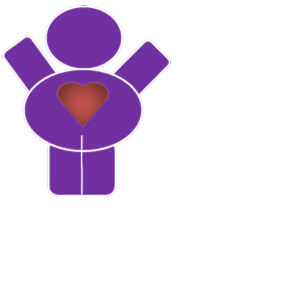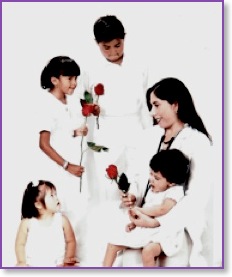Kawasaki’s Disease
Kawasaki’s disease affects the skin, mouth and lymph nodes. It more frequently affects children under 5 years of age. The cause is unknown, but if symptoms are detected early, children with Kawasaki’s disease may recover fully within just a few days. Without treatment, severe complications may occur that can affect the heart.
In the United States, Kawasaki’s disease affects 19 out of 100,000 children. It is more common in children of Japanese and Korean background, but it may affect all ethnic groups.
Signs and Symptoms
Kawasaki’s Disease cannot be prevented, out it generally has telling symptoms and signs that appear in phases. The first phase, which may last up to two weeks, generally consists of a persistent fever higher than 104°F that lasts at least 5 days.
- Other symptoms typically include:
- Severe red eyes
- Rash in abdomen, chest and genitals
- Red lips, dry and cracked
- Swelling of the tongue with a white layer and large red bumps
- Throat ache, irritation
- Swollen, reddish palms and soles of feet
- Inflammation of lymph nodes
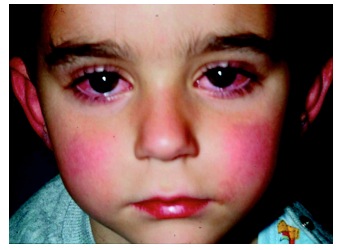
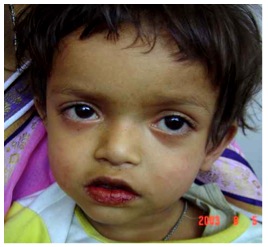
During the second phase, which generally starts within two weeks after the fever appears, the skin in hands and feet starts to peel in large portions. The child may also present joint pain, diarrhea, vomiting and stomach pain. If the child has any of these symptoms call your doctor.
Complications
Doctors may control the symptoms of Kawasaki’s disease y they detect it early. The symptoms have a tendency to disappear within a few days after treatment begins. If Kawasaki’s disease is treated within the first 10 days after the symptoms start, heart problems will typically not develop.
Untreated cases may lead to more serious complications, such as vasculitis, an inflammation of the blood vessels. This can be particularly dangerous because it may affect the coronary arteries that supply blood to the heart. In addition to the coronary arteries, the heart muscle, the lining of the heart, the valves and the membrane that surrounds the heart may swell. Arrhythmias (changes in the normal beating of the heart) or an incorrect functioning of some of the heart valves may occur.
Diagnosis
There is no test to detect Kawasaki’s disease, and therefore doctors typically diagnose it evaluating the symptom and discarding other afflictions. The majority of children diagnosed with this disease have a fever that lasts more then 5 days and al least four of the following symptoms:
- Redness in both eyes
- Changes in the lips, tongue or mouth
- Change of color in fingers and toes, such as discoloration, swelling or peeling
- Skin rash in trunk of the body or genital area
- One swollen lymph node in the neck
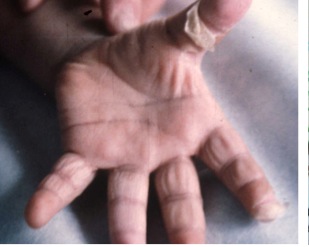
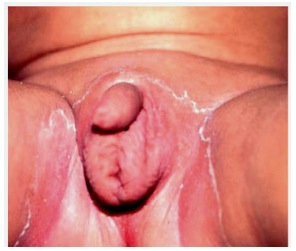
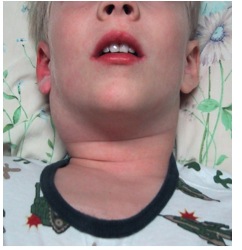
If Kawasaki’s disease is suspected, the physician may request exams to evaluate the functioning of the heart (such as an echocardiogram) and may take blood and urine samples to discard other diseases such as scarlet fever, measles, Rocky Mountain fever, rheumatoid arthritis, or an allergic reaction to medications.
Treatment
Treatment should start as early as possible, ideally within 10 days after the fever begins. In general, a child is treated with intravenous dosages of immunoglobulin (purified antibodies), a blood component that helps the body fight infections. The child may also receive a high dosage of aspirin to reduce the risk of cardiac problems.
